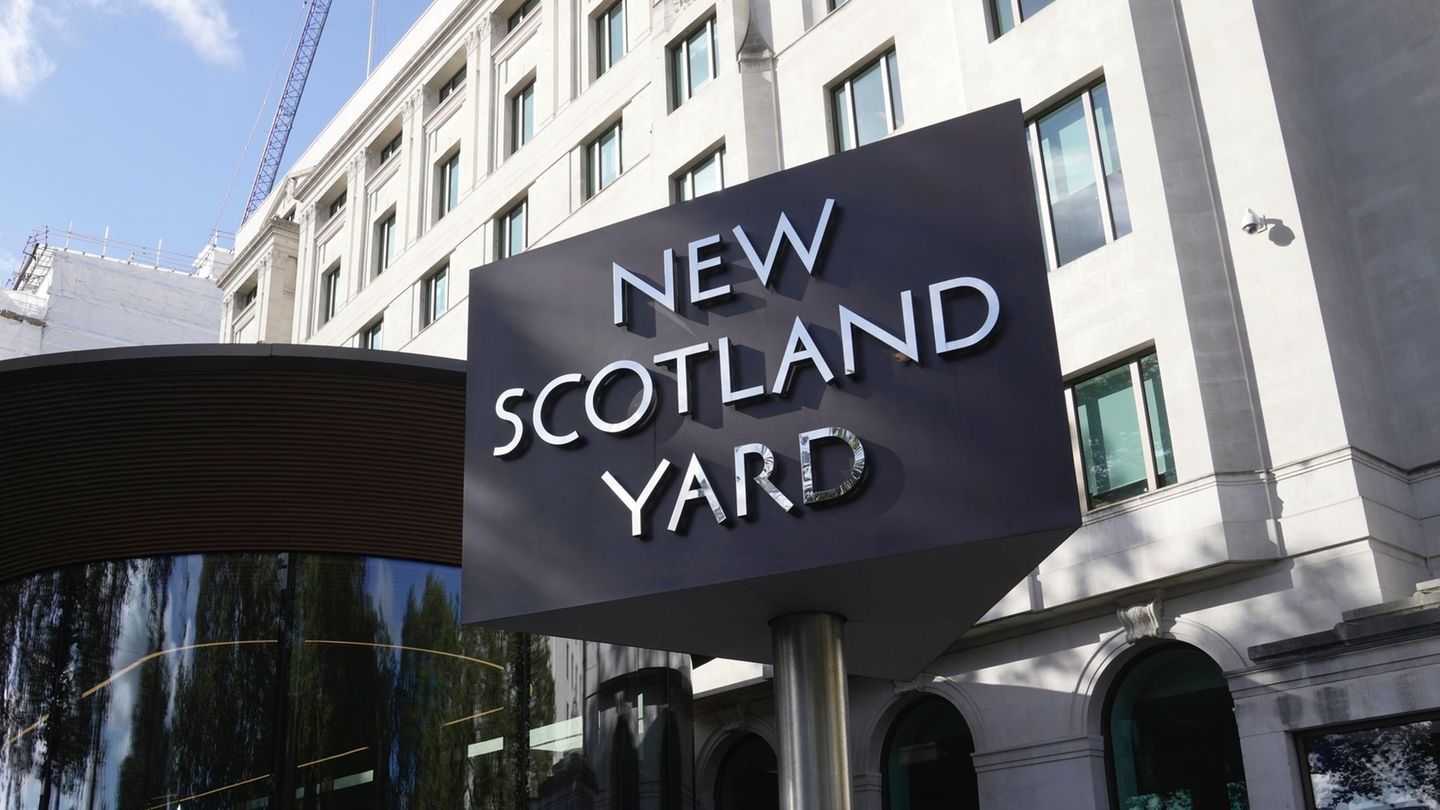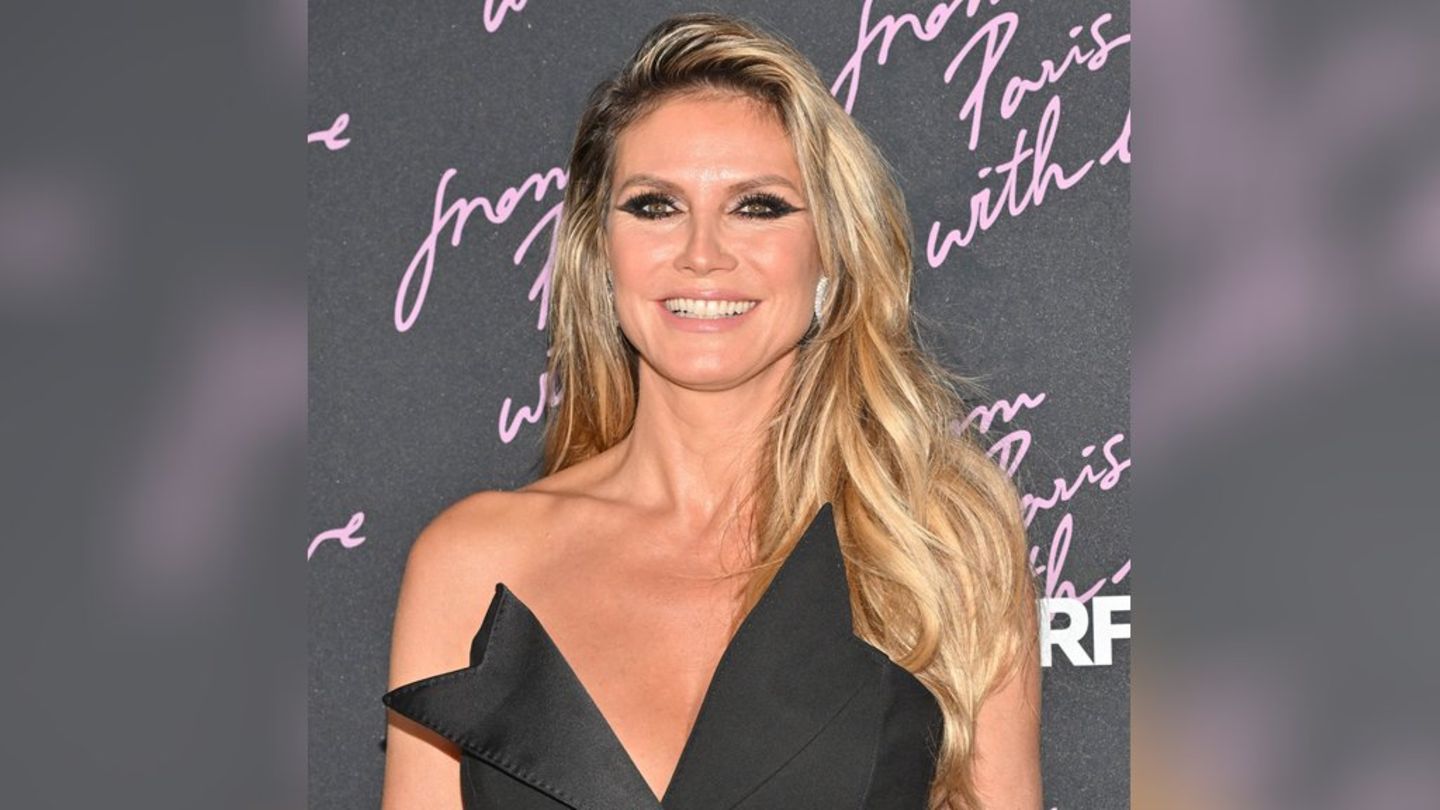The marriage crisis of a former press agent who worked for rock stars allows you to discover its adventures in “What do I do with the night” (Tusquets), novel from Gustavo Álvarez Núñez. Cultural journalist, Álvarez Núñez published several poems books, the first story of hip hop in Spanish and stories “Epiphanic lives.” This is your first novel. We dialogue with him.
Journalist: A couple in an imaginary ring served to offer the eleven rounds of their relationship?
Gustavo Álvarez Núñez: The couple crisis is a good backdrop to tell their lives, of the doubts about their relationship, about the life they led, which they are carrying, that they could carry. He puts them in front of the treasurer of life itself. They are at that stage when everything you thought was holding you, made you happy or produced well -being began not to fill you completely. Certain failures begin to appear, certain shortcomings that were not taken into account and that you thought they were from other scenarios.
Q.: Sabrina’s life is the traditional of a professional, Gervasio’s is adventurous, has gone through teaching, music, the world of rock, did that make her story have a dominant place?
Gan: I was interested in telling how after being in a world where you have lots of privileges, it is a walking citizen again. He feels that he is not so star, but not a common being. That makes him reflect on his life, his legacy, what he will leave, if he leaves something.
Q.: In the eighth round Gervasio gives himself a cross in the jaw. He becomes critical of his past, from the world of rock.
Gan: Enter a scenario that has to do with the body. At one point the body is a link with music. There is no bodyless rock of the body. Gervasio was an athlete until he had an accident, from there he dedicated himself to listening to music more carefully. He studied sociology at the UBA and ended up teaching in that faculty, until he found a job in the universe of presentations, the recitals, the figures, which took him around the world. Until a problem appears in the ears, an annoying sound, tinnitus. He feels that work is no longer for him. He is fifty years old and wants a quieter life. Think about oblivion, lost illusions, expectations. Suddenly they offer him to give a music workshop to young people. Open a new place of combat.
Q.: Is the novel a review of the generation marked by the birth of Argentine rock?
Gan: Gervasio is born the day that “the raft” is published. It belongs to that generation whose sentimental education was music, rock, discs, parks, magazines, books and movies. Rock culture is an ecosystem that always goes forward by joining worlds: literature, ecology, hypism, punk. On one side is the bourgeois life. Supposedly the rock is not, it is rebellious. And it is like those concerts that with the walk of life are trizas.
Q.: “What do I do with the night” is dedicated to those to whom music modified life?
Gan: Definitely. It would not be where I am if one afternoon I had not heard Spinetta and understood everything in “rabid fish”, in Almendra, in Luis Alberto’s career. For Spinetta there are lots of kids who read Rimbaud, Artaud, among others. We owe a lot to the countercultural aspect of rock culture- made us in a way to look for a path. Matsúo Basho said: “I don’t follow the path of the ancients, I look for what they looked for.”
Q.: A crucial situation leads Gervasio to face dusk of his life, also at the night he advances on the rock community?
Gan: It is not allowed to catch by nostalgia. Understand that the battle is always the same and is unequal. Where the illusion was before, there is the market. Well, the market was always part of the life of rock. He knew, he was a press agent, not a musician. He invented stories so that the major story had a narrative. There came a time when rock saw as something else in the world of entertainment. Some reader can think that “what do I do with the night” is a novel about the “sex, drugs and rock and roll”, but that is not what Gervasio gives them to his students in the seminar. Do not lower line. It teaches them to run some limits, to have the experience of thinking, to discover the drives of the artists. Perhaps that makes a student give her that writing, “the young promise”, which closes the novel.
Q.: Gervasio remembers words of poets and essayists, genres that refer to those of his previous works.
Gan: I come from rock journalism, I had a rock group, I write poetry, I am crossed by words and music. Quotes are a tribute to underlined books. They appear as a web of words, concepts, images of others that make us. They make us read yet, still writing. This at one point has to do with the legacy of the countercultural culture.
Q.: What are you writing now?
Gan: A novel by two neighbors who know each other walking a dog, and the drift that involves the link that is born. One is a retired diariero and the other a fifty one who had a rock group and now hates everyone. The issue of legacy appears again. On the other hand, at the end of the year he leaves in the “Why we hear A” collection, by Gourmet Musical, my book about Serge Gainsbourg, the cursed crooner. I wrote it four years ago and gave me the impulse and narrative tension to get into the swampy waters of “What do I do with the night.”
Source: Ambito
I am an author and journalist who has worked in the entertainment industry for over a decade. I currently work as a news editor at a major news website, and my focus is on covering the latest trends in entertainment. I also write occasional pieces for other outlets, and have authored two books about the entertainment industry.




